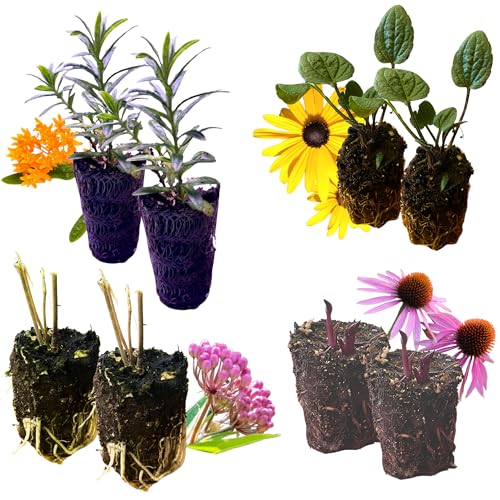9 exciting flower bed trends for 2025 you'll want to try – garden experts reveal the standout ideas for the year ahead
From statement flowers to dramatic foliage plants, these are the trends that matter right now

- 1. More is more with maximalist borders
- 2. Let plants relax in a loose organic way
- 3. Create sensory, immersive beds
- 4. Use edimentals
- 5. Add dramatic foliage to your borders
- 6. Use water-wise plants
- 7. Fill flower beds with native plants
- 8. Fill your space with color
- 9. Raise up flower beds to new heights

Thomas Rutter
Changing and evolving your flower beds is one of the best parts of gardening. Whether you are a total beginner or an experienced gardener, rethinking flower beds and injecting new or exciting elements into your yard helps to keep your space feeling fresh.
Of course, there is no right or wrong way to do this. Flower beds will very much be down to your tastes, preferences, and conditions in your yard. However, looking at inspirational ideas will always help along the creative process.
So, if you fancy trying some new colors or want to add something unusual to your plot, we have got you covered. Here are the 9 flower bed ideas and trends that we think are a standout for 2025.
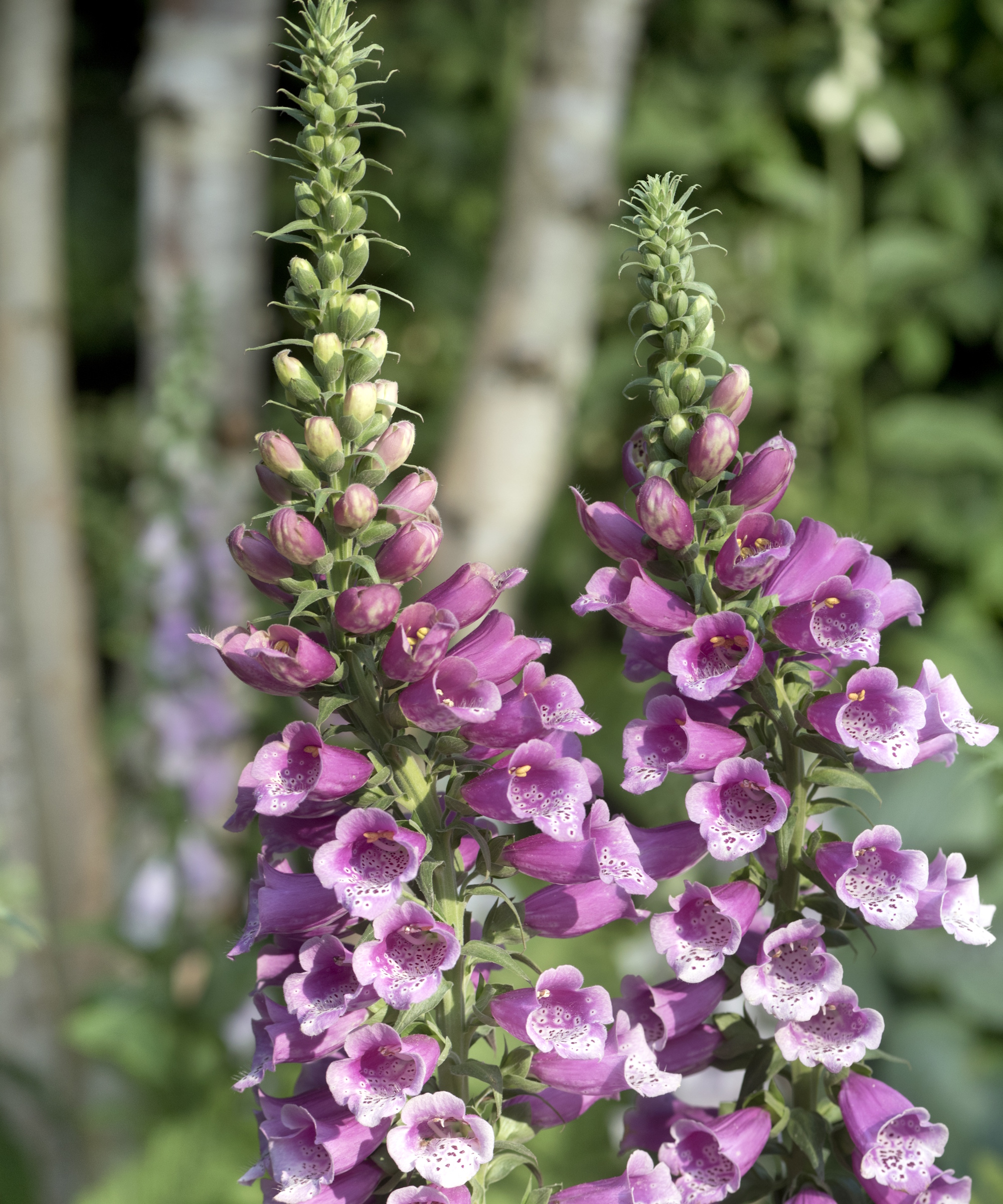
9 inspirational flower bed trends
'When incorporating flowering plants into a garden, it's crucial to consider their blooming season, duration of bloom, and overall form of the species,' says landscape architect Rituparna Simlai, of Miami-based Studio Arth.
'To achieve harmony and distinctiveness, designers commonly choose shades of pink, purple, yellow, and orange in their planting palettes. These pops of color create a stunning contrast with the lush greenery.'
However, you will know what works for you and your family. If you want to ignore subtle shades and go for a bold palette - go for it. When gardening, never hold back! Here are some of the latest garden trends and garden ideas to know about.
1. More is more with maximalist borders
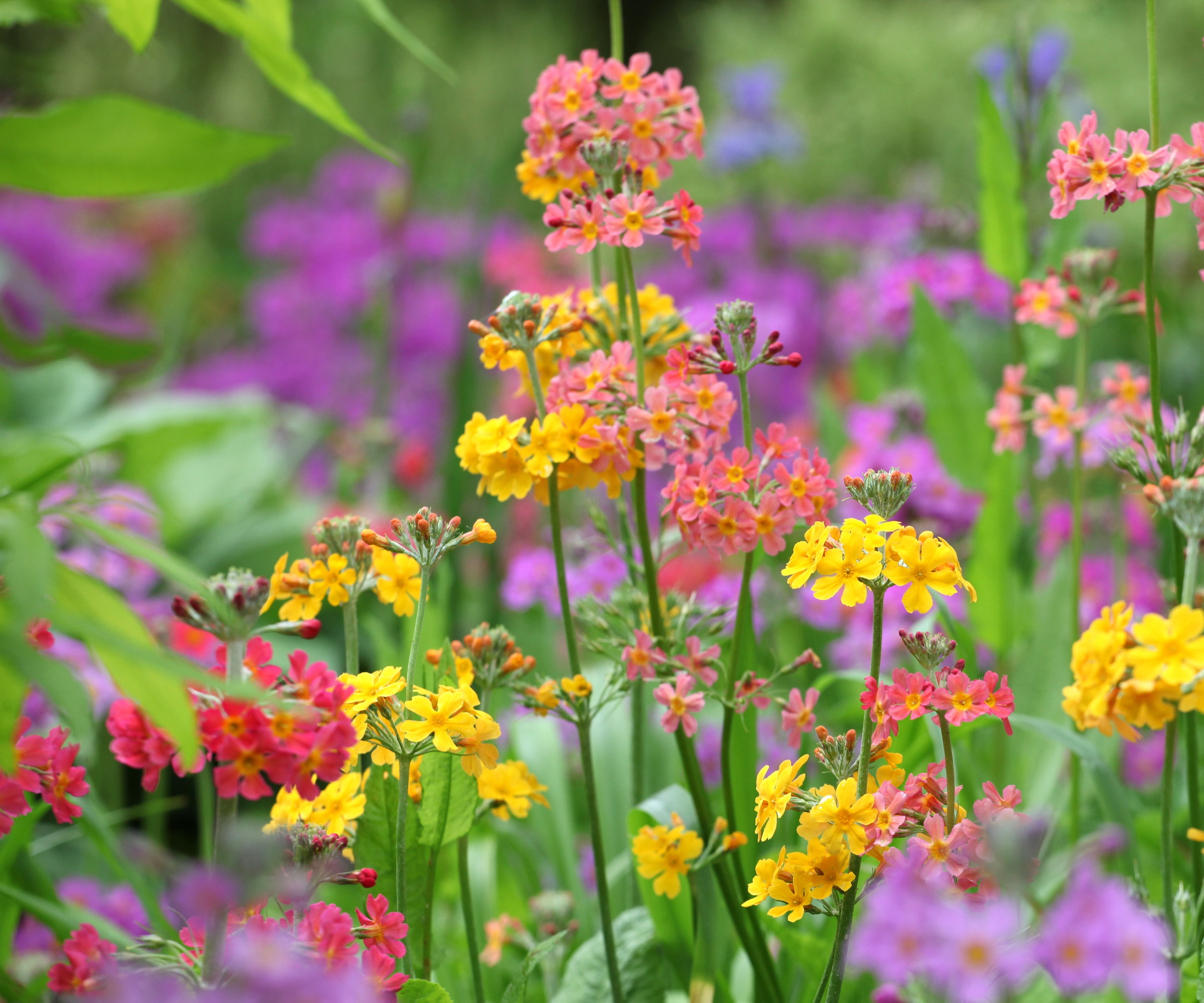
'Our clients are gravitating toward “full and lush” maximalist borders as opposed to “sparse” softscaping,' says Allison Messner, CEO of landscape architects Yardzen. 'This fits nicely with organic style too, which also embraces untamed and dense plantings.'
Maximalist planting in flower beds translates across different styles, from tropical to traditional to laidback and casual, covering everything from south-facing garden ideas to north-facing garden ideas.
'This natural exuberance of full plantings creates a sense of calm and relaxation,' says Allison. 'Plus, the more native and climate-adapted plants used in flower beds, the better it is for the environment.'

Rituparna Simlai is the founder of Studio Arth, an award-winning landscape architecture firm based in Coconut Grove, Miami. The studio’s philosophy is to ‘design with purpose’, fostering a sense of oneness with nature. Rituparna has a masters degree in Landscape Architecture from Harvard University. She was also honored with the Exceptional Emerging Professional Award by the Florida chapter of the American Society of Landscape Architects (ASLA) in 2020.

Allison is Chief Executive Officer of Yardzen, an online platform that helps you design and build your outdoor space.
2. Let plants relax in a loose organic way
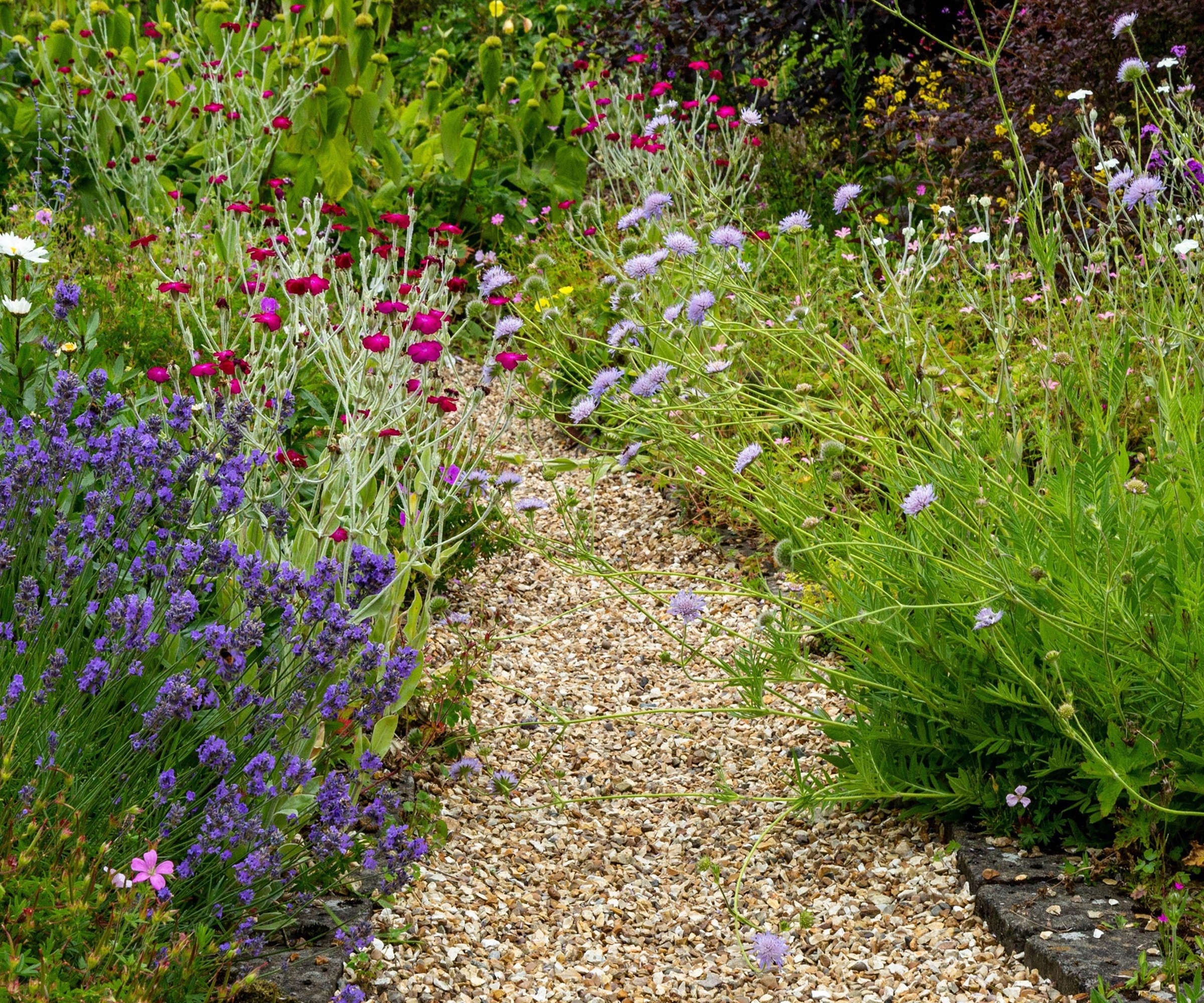
'One of the top trends for this year is organic style,' says Alison Messner. 'A movement away from the rigidity of modernism and a renewed appreciation for the joy of natural and wild gardening.'
The great news is that organic style works so well for flower beds. It's inherently low-maintenance and habitat-supporting, embracing a little bit of the wildness of the natural world with the fluid movement of pollinator-loving flowers and shrubs.
More traditional flower bed plants such as roses, lilac, hydrangeas, and hollyhocks are seeing a surge in popularity as part of this trend. This means a more romantic palette of pink, lilac, and white flowers.
3. Create sensory, immersive beds
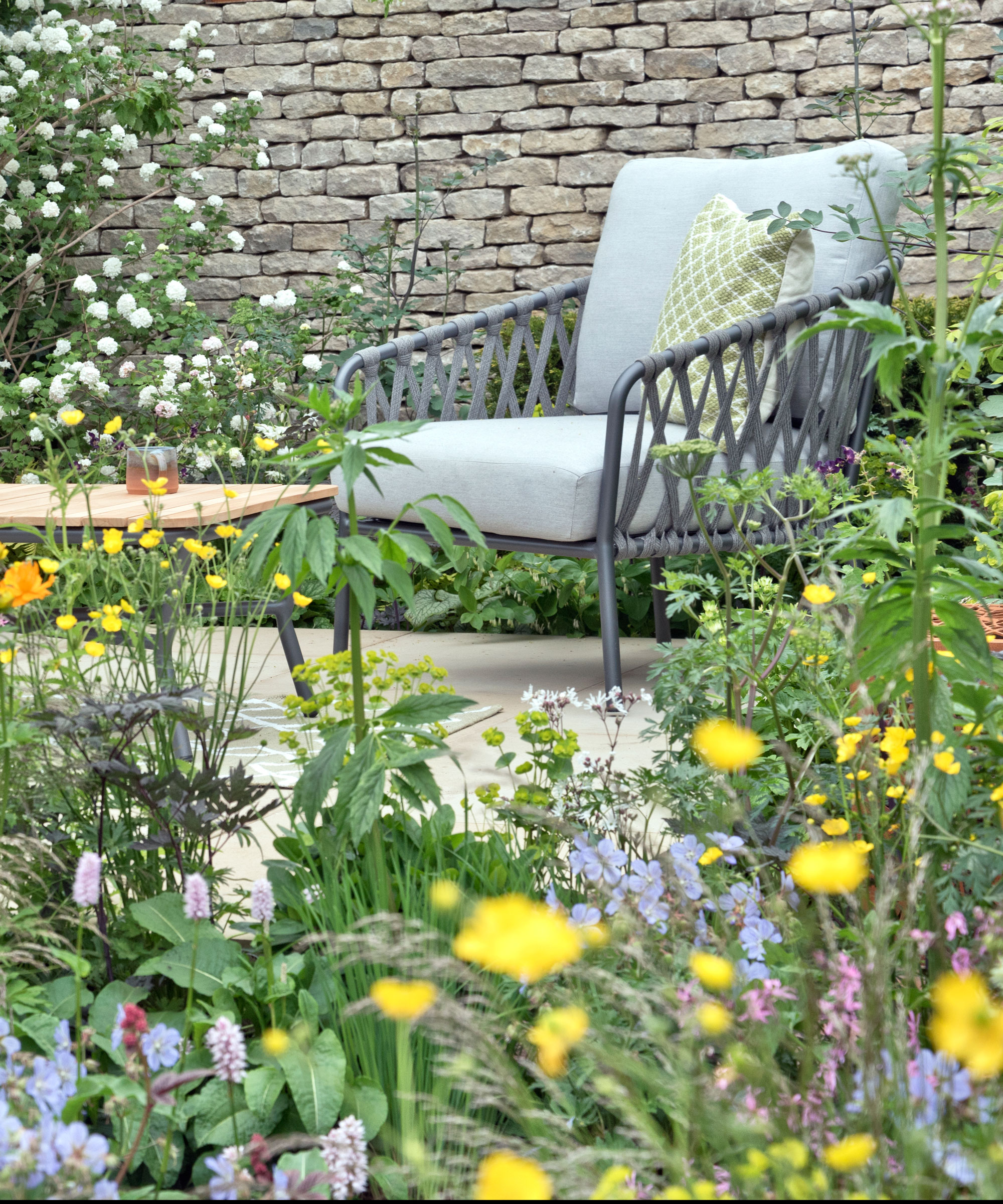
There are plenty of flower bed trends up for consideration if you want to make your garden a rewarding sensory experience that allows you to connect with nature. One idea is to create a seating area surrounded by flower bed planting that will envelop you with sensory garden delights.
Choose pollinator-friendly plants so your enjoyment is further enhanced by butterflies and bees visiting your space. Learning how to grow verbena, for example, is a great way to support native pollinators. Verbena seeds are available from Burpee.
Include aromatic herbs like lavender and scented geraniums, as well as rosemary, mint, sage and thyme. After all, who wouldn't want to sit in a yard full of floral perfume?
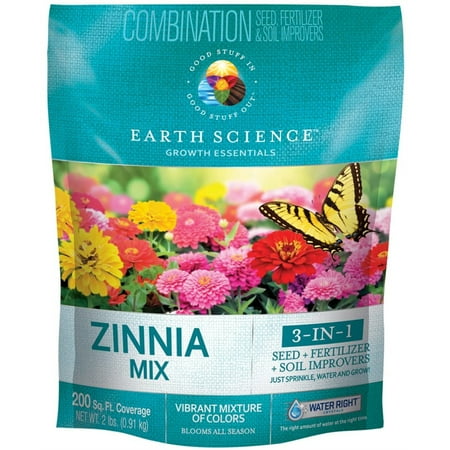
These zinnia seeds from Burpee will quickly grow and bloom over the spring and summer months.
4. Use edimentals

Try mixing edible plants - or edimentals - with other blooms as part of your vegetable garden ideas. Using borders to grow flowers and food is a current trend that looks set to stay, and, if you garden in a small space, it is a great way to maximize your plot.
Plant attractive leafy greens like Swiss chard, kale, spinach and salad leaves in amongst perennial flowers, and add herbs to the mix too. Fennel is another popular plant that combines taste and aesthetics, while rhubarb is highly valued as a foliage plant. Bare root rhubarb plants are available from Walmart.
5. Add dramatic foliage to your borders
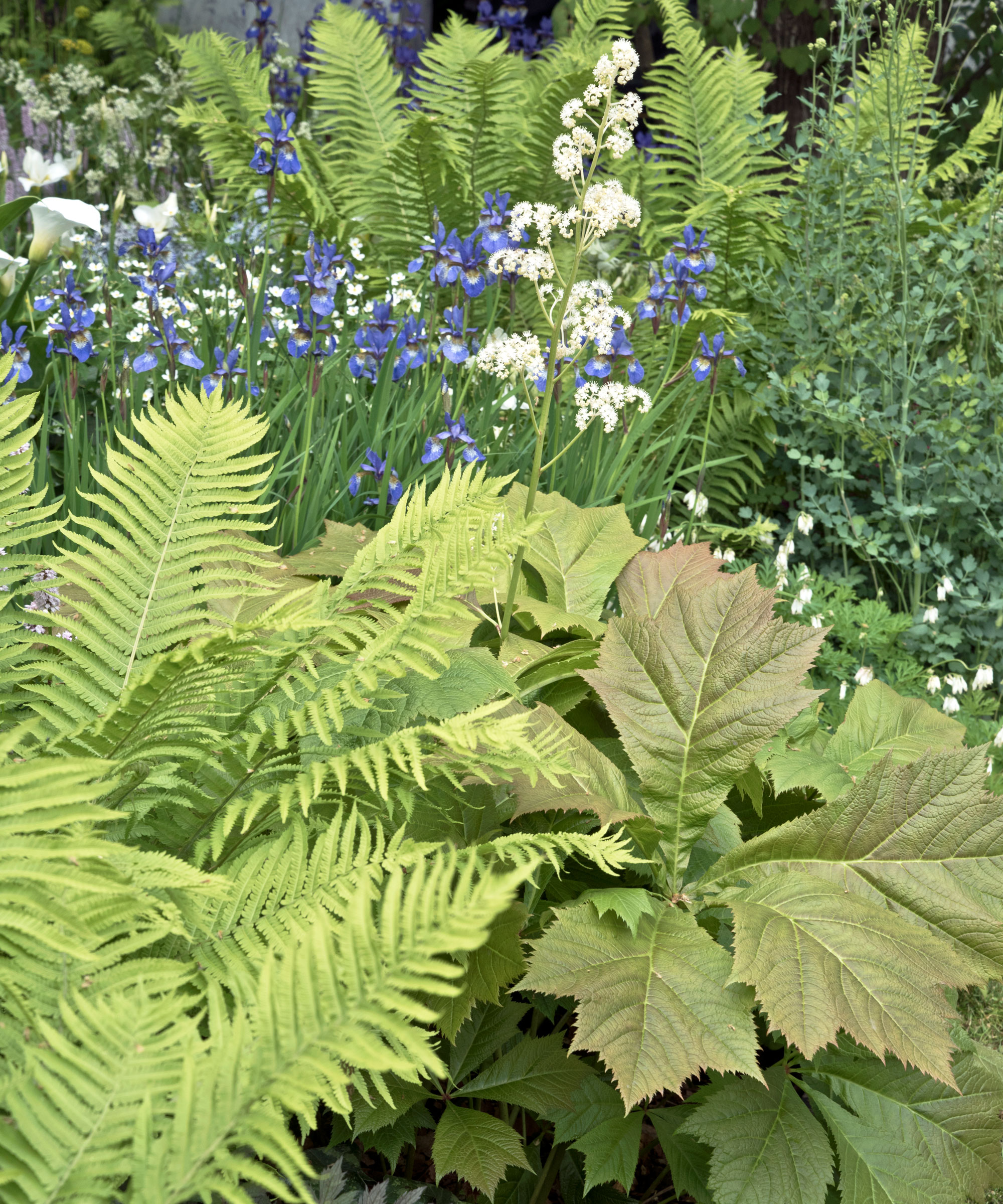
'Foliage is vital in a flower bed,' says plant expert Jenny Rose Carey, former professor in Horticulture and Landscape Architecture at Temple University, Philadelphia. 'Plants with great foliage are always an asset, and they provide a backdrop that enhances the flowers.'
If your goal is to have a full, fresh-looking flower bed for most of the gardening year, consider each plant's presence, advises Jenny. 'This is a combination of the plant's form, overall dimensions, leaf size, texture, color and shape.'
Always think about using a variety of leaves when you're tapping into flower bed trends to get that desired lush, full, effect as well as adding an interesting dimension. Ferns are the go-to for adding texture, shape and structure, but also think of gunnera, rodgersia and hostas. Hosta live plants are available from Walmart.
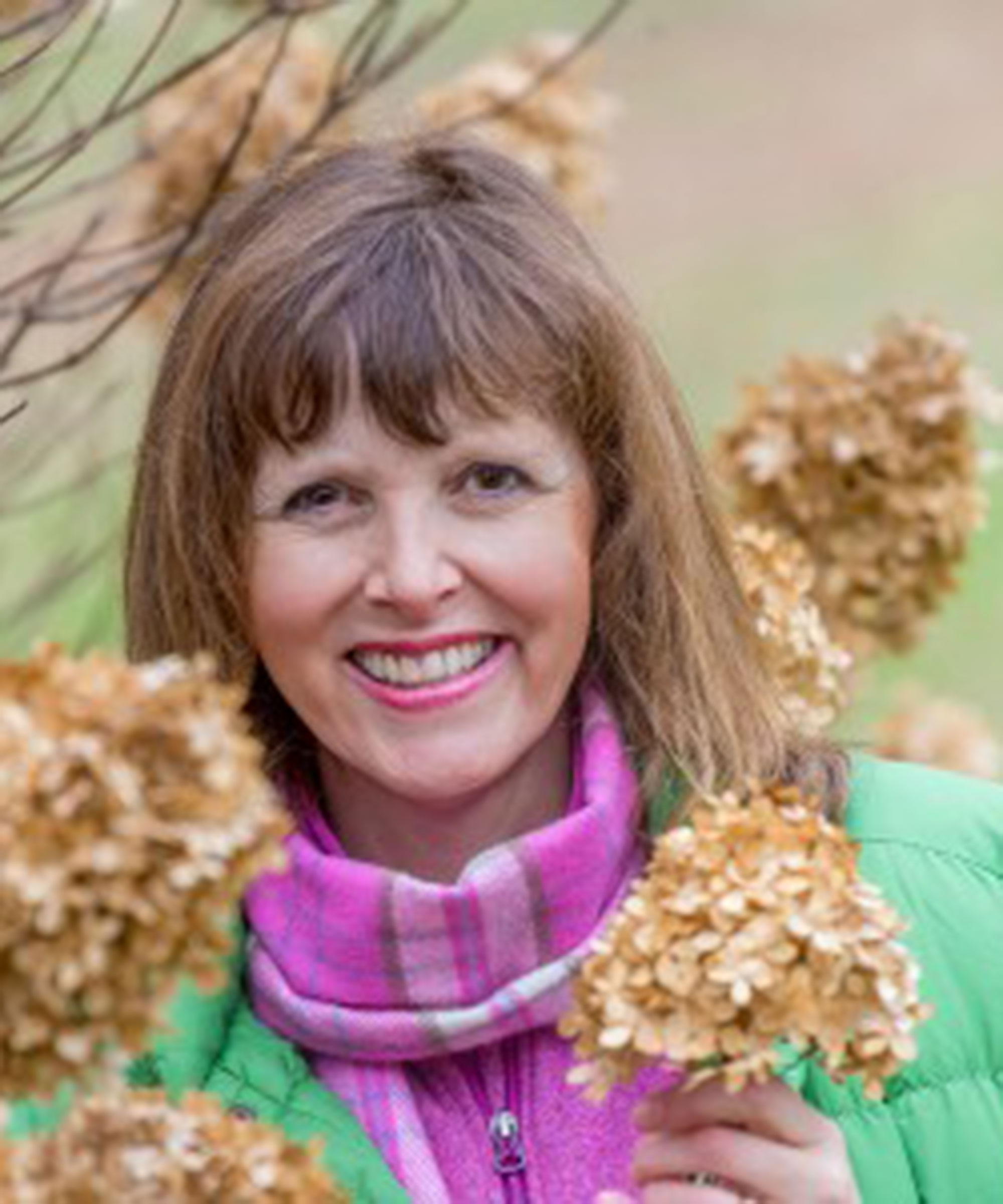
Horticulturalist Jenny Rose Carey is author of The Ultimate Flower Gardener's Guide, and former senior director at the Pennsylvania Horticultural Society's Meadowbrook Farm.
6. Use water-wise plants
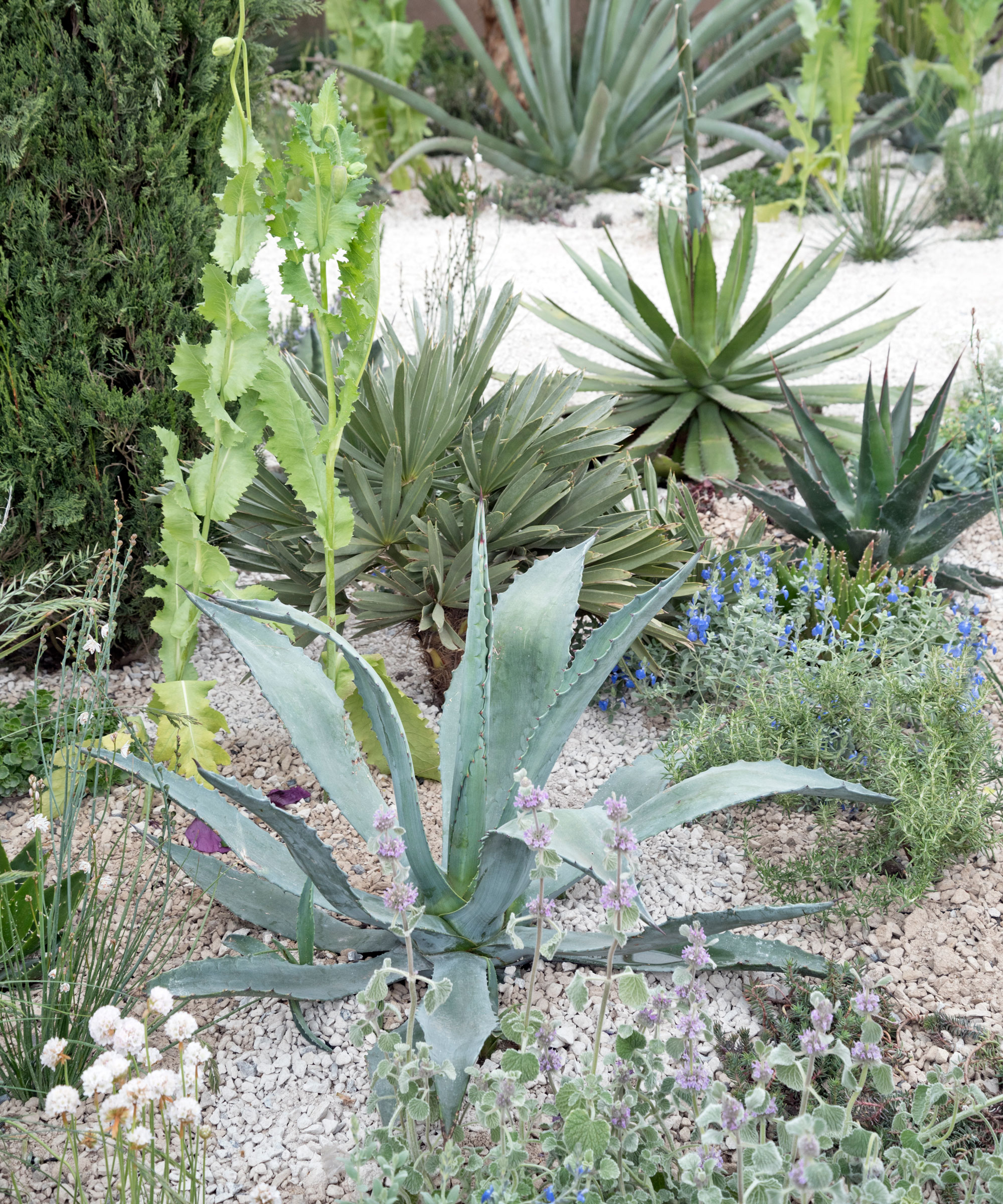
Droughts and other extreme weather conditions have led to increased awareness of our changing climate, and water conservation is top of the agenda. Today, there is serious interest in plants for xeriscaping for flower beds that are climate-appropriate, with lower water needs but that also feature beautiful blooms, bold color and lush foliage.
'As awareness about environmental concerns increases, people are seeking low-maintenance options that are not only resilient but also have minimal impact on the soil and surrounding environment,' says Studio Arth's Rituparna Simlai.
'For drought tolerant planting ideas, we recommend varieties like sedums, agapanthus, and geranium, which thrive even in arid conditions.
'In our flower bed designs, we lean towards perennials over annuals, as they offer longevity and continuity to the landscape. We prioritize species that are native or adapted to the local region. They not only enhance and support the local ecosystem but they need less care and use fewer resources.'
7. Fill flower beds with native plants
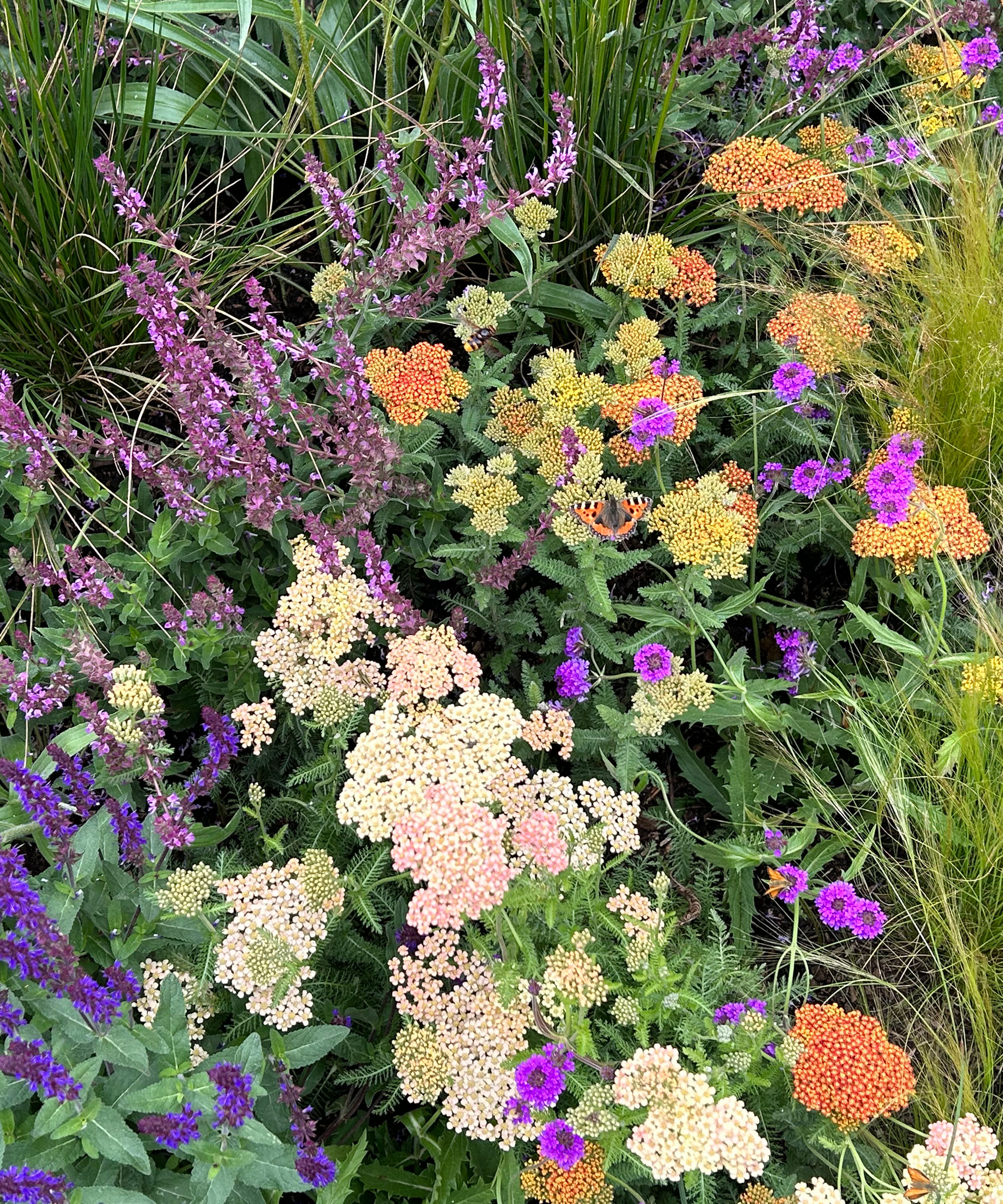
We are definitely seeing increased demand for more sustainable and naturalistic planting, specifically using native species and drought-tolerant plants. Many annuals look good, but they are high-maintenance, so opting to grow native species that are used to the climate and conditions of your region is a trend that looks set to stay.
There are many native perennials that more than earn their place in flower beds by performing for months on end, and they're low maintenance too. Think black-eyed Susan, verbena and coneflowers, which will all last long into the fall.
Coneflower live plants are available to order from Amazon.
8. Fill your space with color
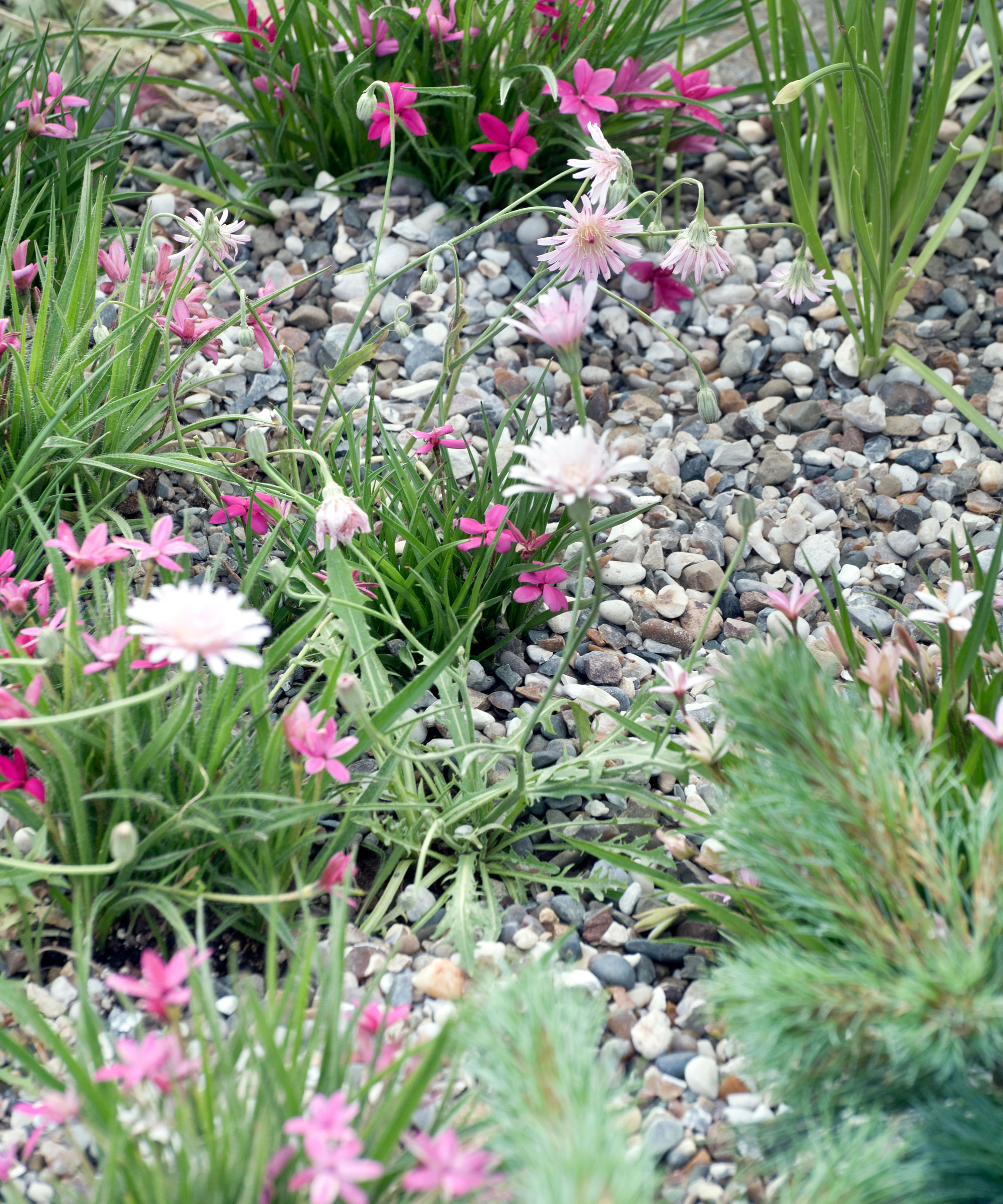
'Color holds a subjective power, resonating deeply with our emotions, and mindful design can evoke a powerful response,' says Rituparna Simlai. 'Embracing the beauty and cyclical nature of color in a planting scheme allows us to curate enchanting and captivating flower bed designs that evolve with the changing seasons.'
If you're relatively new to using color as part of your flower bed design it's a good idea to keep it simple and choose one color as your starting point. You can't go wrong with pink. Explore all the possibilities on the pink spectrum by experimenting with shades of coral, blush and magenta in a mix-and-match scheme that will transform your flower bed with pretty color.
9. Raise up flower beds to new heights

If space is tight in your backyard think creatively and consider integrating flower beds into walls or other raised bed garden ideas. Elevated flowers are easier to see. Raised flower beds are versatile too, and can be used to accommodate a wide range of flowers, plus to mix in scented herbs, salad crops and other easy vegetables. This way you max up your growing space.
It's also a great idea to help screen an outdoor space that is overlooked by neighbors or buildings and will help to enhance patio privacy. You can also use them to divide two garden areas or define a space.
Strategically planted raised flower beds can create a dreamy atmosphere, the pretty backdrop of planting making you feel at one with nature.
When deciding on a new scheme, it is best to be selective. While you might want to combine plenty of different colors, ideas and trends, sometimes doing too many different things can make a yard look cheap. So, pick one, two or three ideas, and stick to them.
Sign up to the Homes & Gardens newsletter
Design expertise in your inbox – from inspiring decorating ideas and beautiful celebrity homes to practical gardening advice and shopping round-ups.
Lifestyle journalist Sarah Wilson writes about flowers, plants, garden design and gardening trends for Homes & Gardens. She has studied introductory garden and landscape design and floristry, and also has an RHS Level 2 qualification in the Principles of Plant Growth and Development. She is a regular contributor to Homes & Gardens and Livingetc. She has also written for Real Homes, Modern Gardens and Country Homes & Interiors magazines.
- Thomas RutterContent Editor
You must confirm your public display name before commenting
Please logout and then login again, you will then be prompted to enter your display name.
-
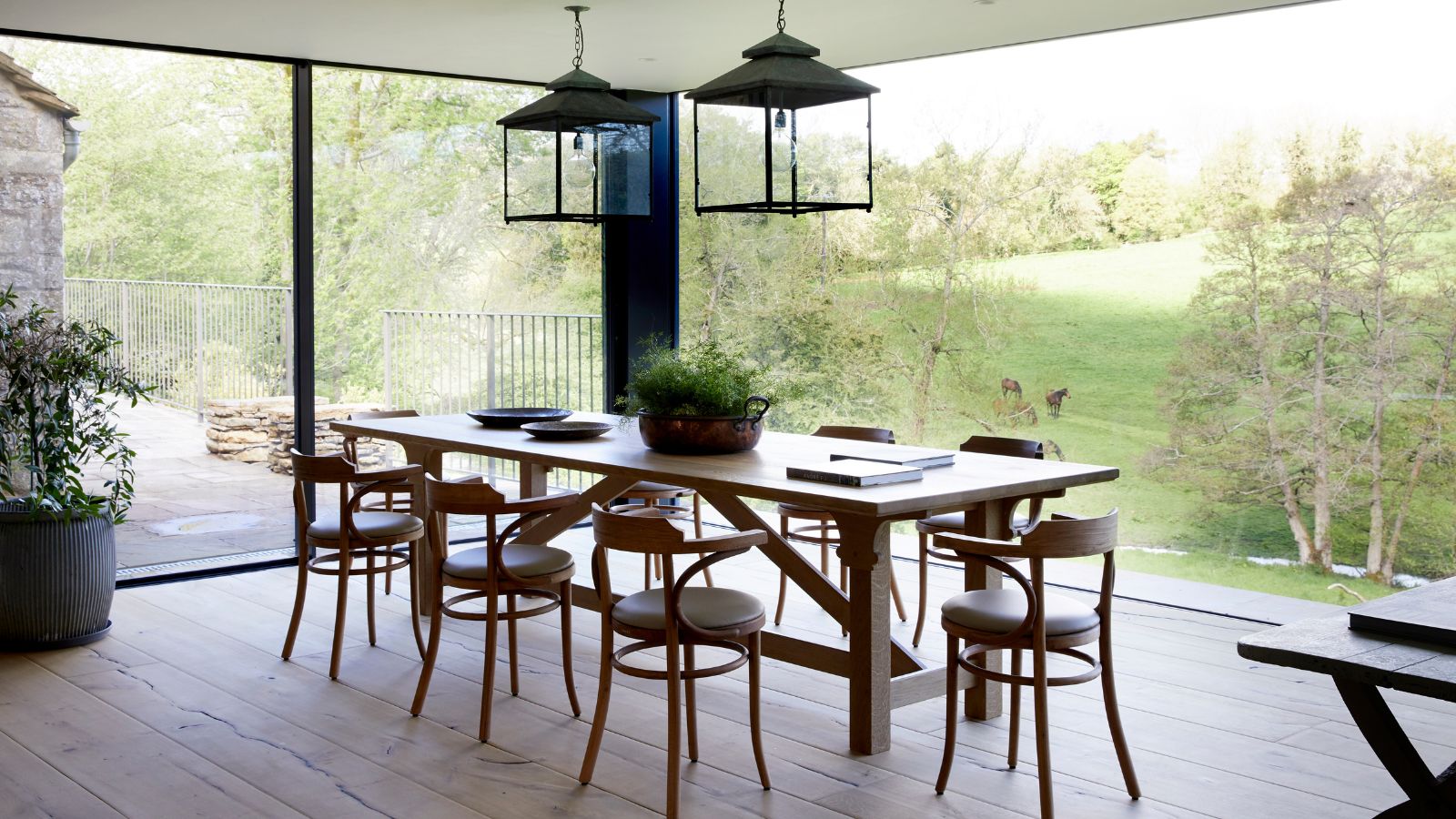 This is the single best upright vacuum we've ever tested – and it's on offer with $130 off at Shark for a limited time only
This is the single best upright vacuum we've ever tested – and it's on offer with $130 off at Shark for a limited time onlyYou won't want to miss this one
By Dan Fauzi
-
 Nate Berkus says slipcovered sofas are back on trend – and I just found a way to create this designer-approved laid-back look from just $86
Nate Berkus says slipcovered sofas are back on trend – and I just found a way to create this designer-approved laid-back look from just $86This classic style is making a strong comeback, but did you know you don't have to buy a whole new couch to get this Nate-approved look?
By Eleanor Richardson

